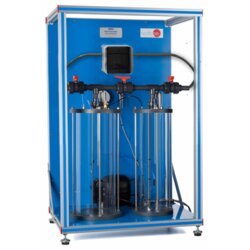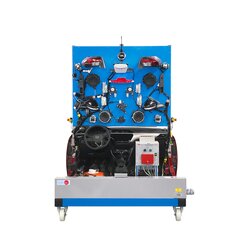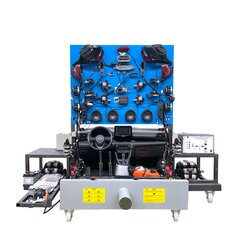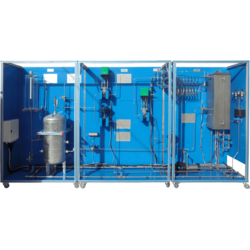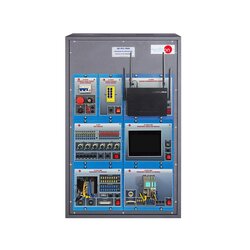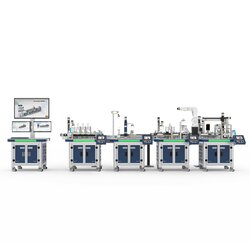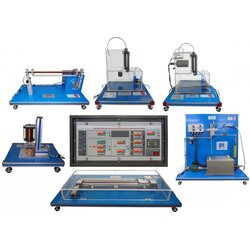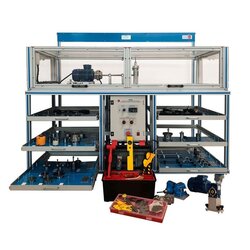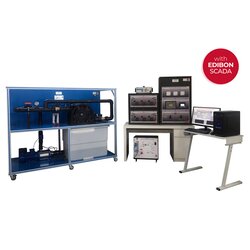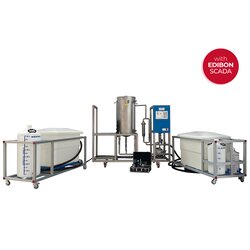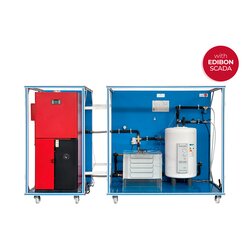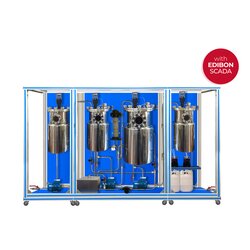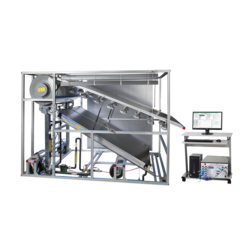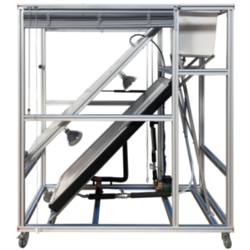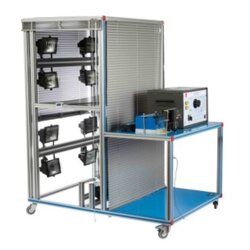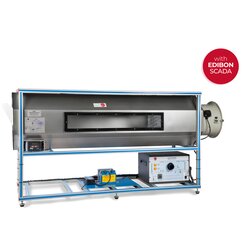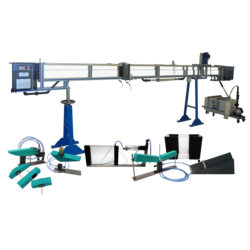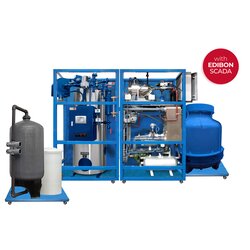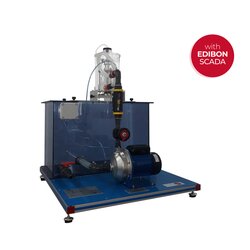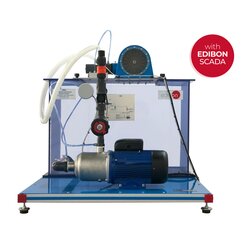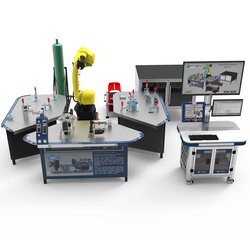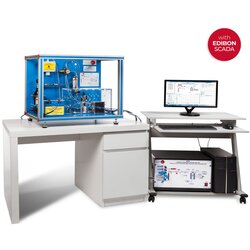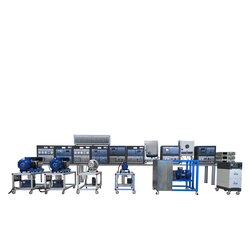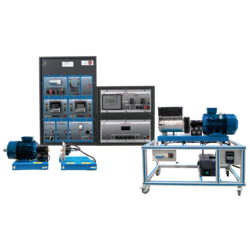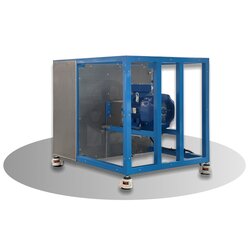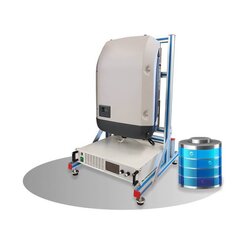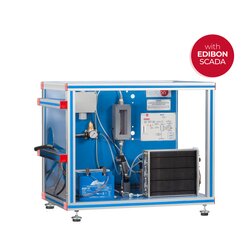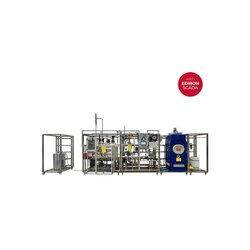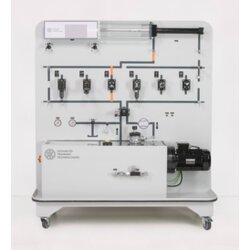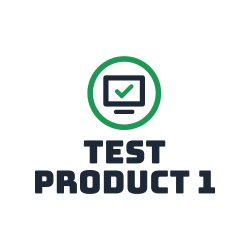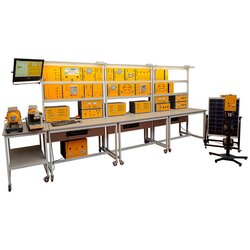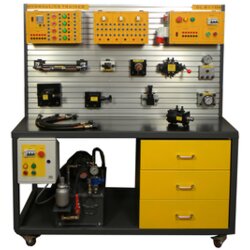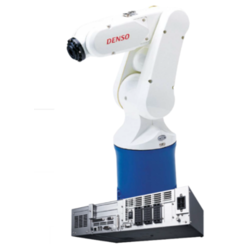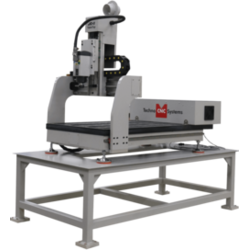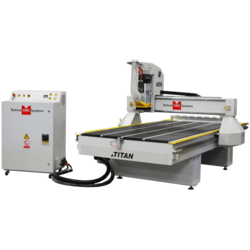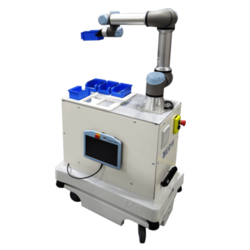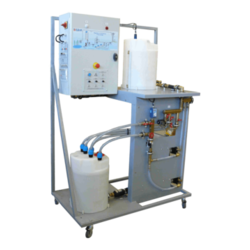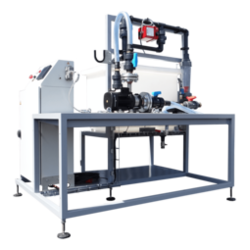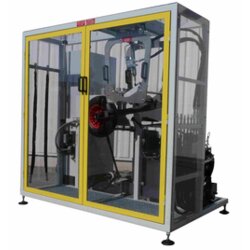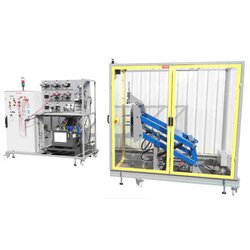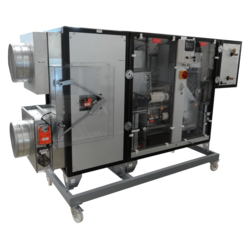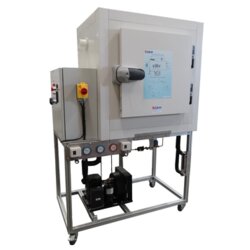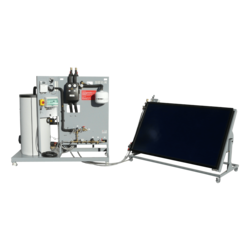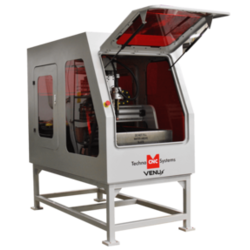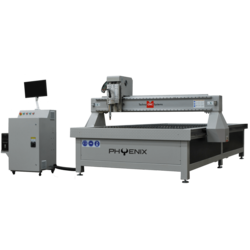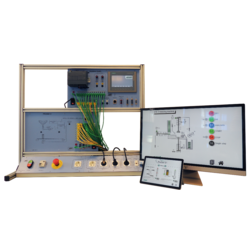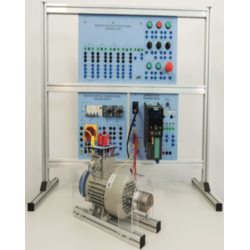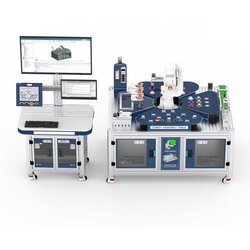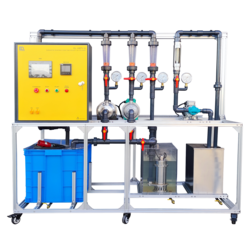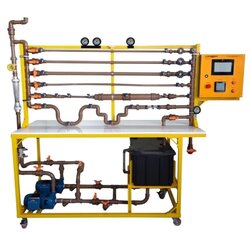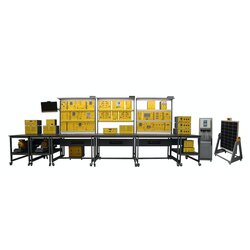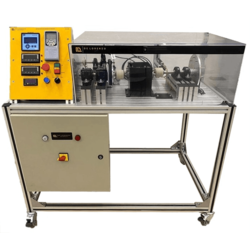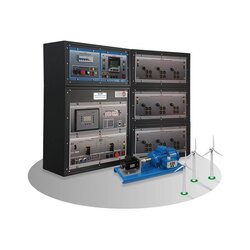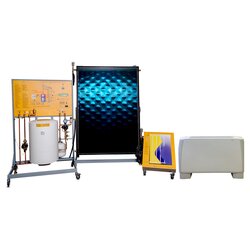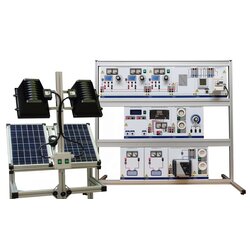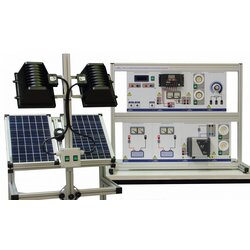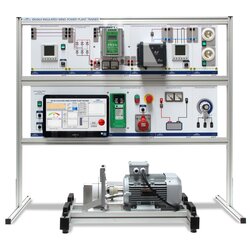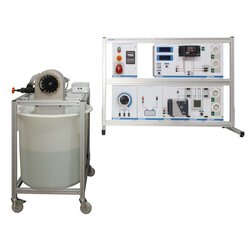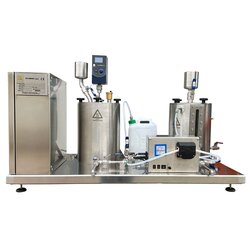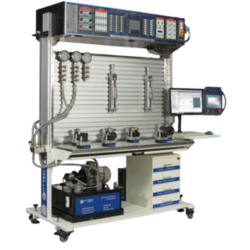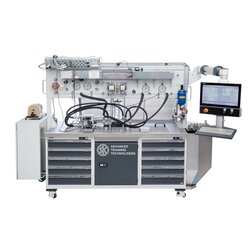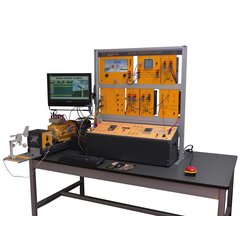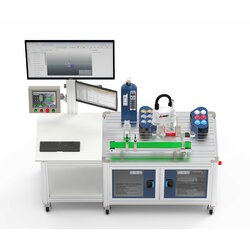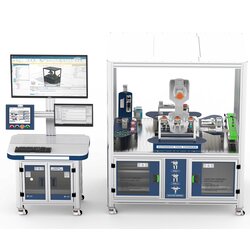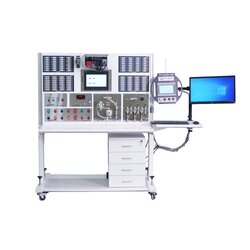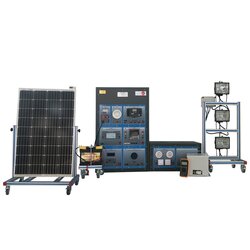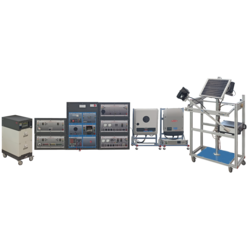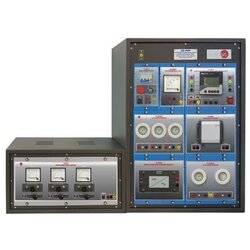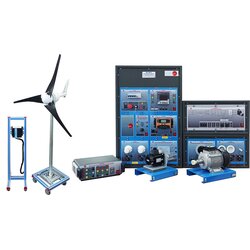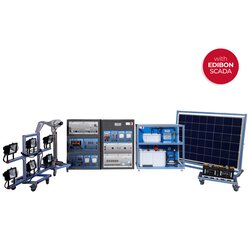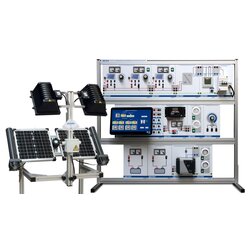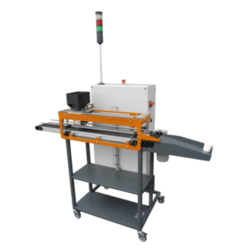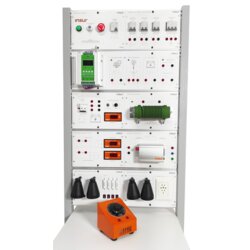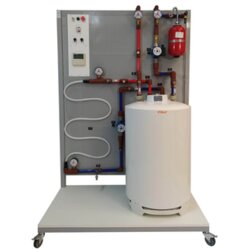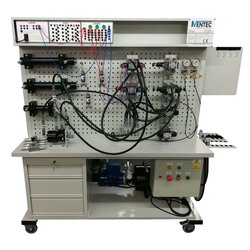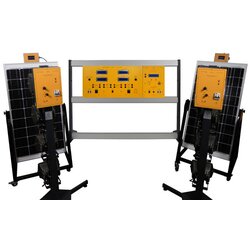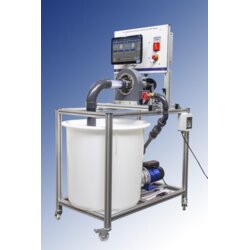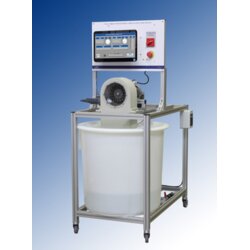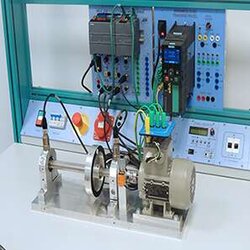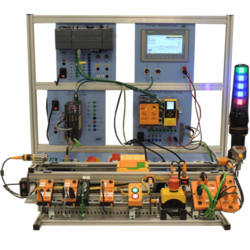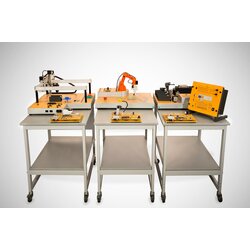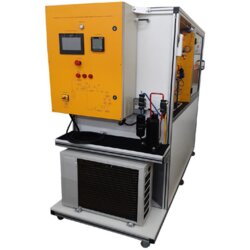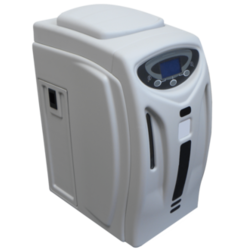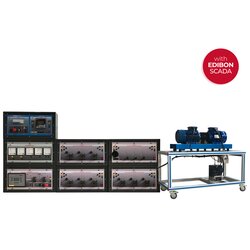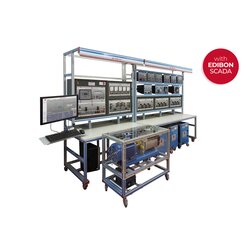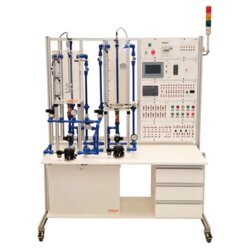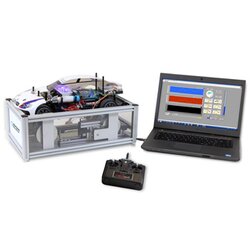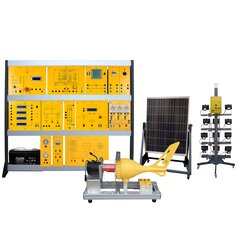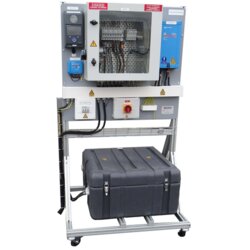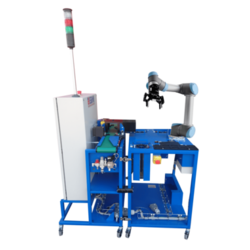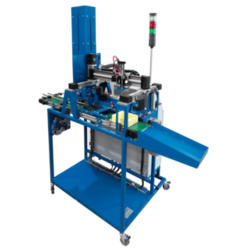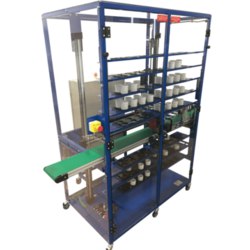Engineering Laboratory Equipment for Universities
Sort by
Learn about Engineering Laboratory Equipment
Let us look at the laboratory equipment, tools and instruments essential for hands-on experimentation and practical application of engineering principles. These tools enable engineers and researchers to conduct experiments, collect data, and gain insights into various aspects of their respective fields.
What is Engineering Laboratory Equipment?
Engineering laboratory equipment refers to the various tools, instruments, and devices used in laboratories for conducting experiments, tests, and research in the field of engineering. These tools are essential for engineers and researchers to study, analyze, and validate theories, as well as to develop and test new technologies.
What type of Engineering Laboratory Equipment exists?
The specific equipment used in engineering labs can vary widely depending on the branch of engineering and the nature of the experiments being conducted. Here are some common types of engineering lab equipment:
- Measurement Instruments: Instruments like oscilloscopes, multimeters, voltmeters, ammeters, and power analyzers are used to measure electrical parameters and signals.
- Testing Machines: Equipment for testing materials and structures, such as tensile testing machines, compression testing machines, hardness testers, and impact testers.
- Laboratory Glassware: Used for chemical analysis and experiments, including beakers, test tubes, pipettes, and flasks.
- Sensors and Transducers: Devices that convert physical quantities (such as temperature, pressure, or displacement) into electrical signals for measurement and analysis.
- Computers and Software: Engineering labs often use computers for simulations, data analysis, and running software applications related to engineering design, modeling, and analysis.
- Environmental Chambers: Chambers that can simulate specific environmental conditions, such as temperature, humidity, or pressure, to test how materials or devices respond.
- Machine Tools: Equipment like lathes, milling machines, and CNC machines used for manufacturing and prototyping.
- Fluid Mechanics Equipment: Instruments for studying the behavior of fluids, including flow meters, pressure gauges, and hydraulic test benches.
- Electronics Prototyping Tools: Tools such as soldering stations, breadboards, and electronic components used for building and testing electronic circuits.
- Material Science Equipment: Instruments for analyzing the properties of materials, including spectroscopes, microscopes, and thermal analyzers.
- Communication Equipment: Devices for studying and testing communication systems, such as signal generators, spectrum analyzers, and communication trainers.
The specific equipment in an engineering lab will depend on the focus of the lab, whether it's electrical engineering, mechanical engineering, civil engineering, chemical engineering, or another specialized field.
Which types of educational institutions use Engineering Laboratory Equipment?
Engineering laboratory equipment is used in a variety of educational institutions that offer engineering programs and courses. The types of institutions that commonly use engineering lab equipment include:
- Engineering departments within universities and colleges often have well-equipped labs for students to gain hands-on experience and apply theoretical knowledge to practical applications.
- Technical Institutes that focus specifically on technical and engineering education frequently use engineering lab equipment to provide students with a practical understanding of engineering principles.
- Polytechnic institutions, which emphasize applied and practical education, use engineering lab equipment to train students in technical and engineering skills.
- Vocational schools and training centers that offer engineering and technical courses use lab equipment to provide practical training to students pursuing careers in various engineering fields.
- Community colleges often offer engineering and technology programs, and they use lab equipment to provide students with hands-on experience in addition to classroom instruction.
- High schools with a technical focus or those that offer engineering-related courses may have basic engineering lab equipment to introduce students to fundamental engineering concepts.
- Research institutions and labs associated with universities or independent research organizations use advanced engineering lab equipment for conducting cutting-edge research in various engineering disciplines.
- Some educational institutions that offer online or distance learning programs in engineering may also incorporate virtual labs or simulation software to provide a practical component to remote education.
In these educational settings, engineering lab equipment plays a crucial role in enhancing the learning experience by allowing students to apply theoretical concepts in a hands-on, practical environment. The equipment is often used for conducting experiments, projects, and research activities that contribute to a comprehensive understanding of engineering principles and their real-world applications.
How to choose the best Engineering Laboratory Equipment?
Choosing the best engineering laboratory equipment involves considering various factors to ensure that the equipment meets the specific needs and objectives of the educational institution or research facility. Here are some key considerations to guide the selection process:
- Educational Objectives: Clearly define the educational objectives and goals of the engineering lab. Determine the specific experiments, projects, or research activities that the equipment will support.
- Relevance to Curriculum: Ensure that the lab equipment aligns with the curriculum and coursework of the engineering program. It should cover the essential topics and skills that students need to learn.
- Quality and Durability: Invest in high-quality equipment that is durable and built to withstand regular use in a laboratory setting. Quality equipment tends to provide more accurate and reliable results.
- Safety Features: Prioritize equipment with safety features and standards compliant with industry regulations. Safety is paramount in a laboratory environment, and equipment should have appropriate safeguards.
- Ease of Use: Choose equipment that is user-friendly and easy to operate. This is especially important for educational institutions where students, including those new to lab work, will be using the equipment.
- Scalability: Consider the scalability of the equipment. Choose equipment that can accommodate different levels of complexity as students progress through their coursework, from basic to advanced experiments.
- Maintenance and Support: Evaluate the maintenance requirements of the equipment. Choose equipment with good customer support, readily available spare parts, and clear maintenance guidelines to ensure longevity.
- Compatibility and Integration: Check the compatibility of the equipment with other tools and technologies in the lab. Integration with software, data acquisition systems, or other equipment can enhance the overall capabilities of the lab.
- Budget Considerations: Establish a budget for the lab equipment and seek options that offer the best value for the investment. Consider both the upfront costs and long-term costs, including maintenance and potential upgrades.
- Reviews and Recommendations: Research and read reviews from other educational institutions or research facilities that have used the equipment. Recommendations and feedback from peers can provide valuable insights.
- Future Technological Trends: Consider the future technological trends in engineering education and research. Choose equipment that aligns with emerging technologies and methodologies to ensure relevance in the long term.
- Environmental Impact: Consider the environmental impact of the equipment, including energy efficiency and sustainable manufacturing practices, to align with institutional values and environmental responsibilities.
By carefully considering these factors, educational institutions can make informed decisions when selecting engineering lab equipment that enhances the learning experience for students and supports the goals of the engineering program.

